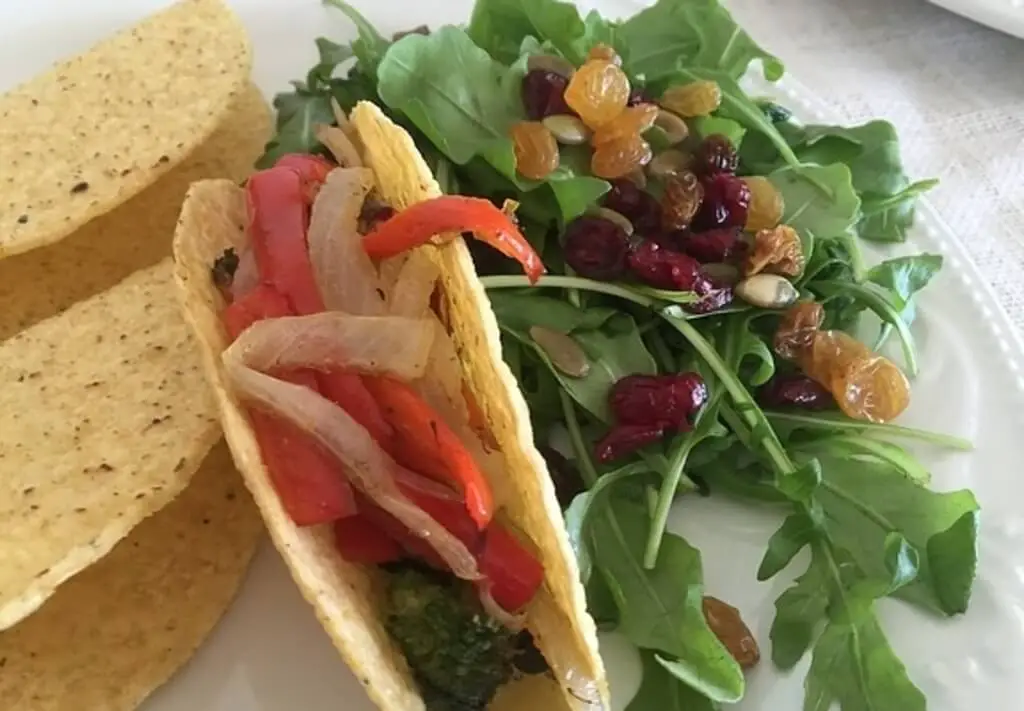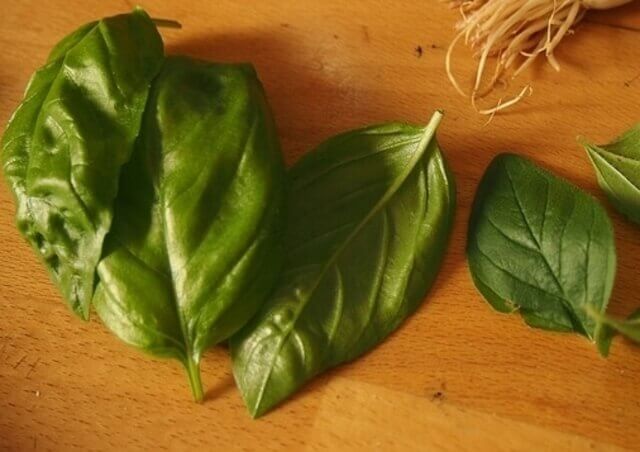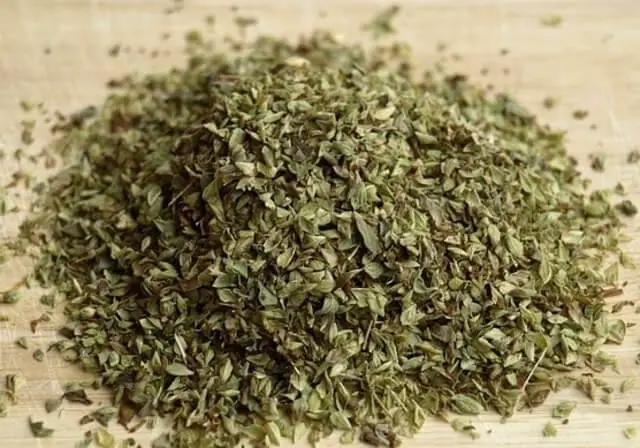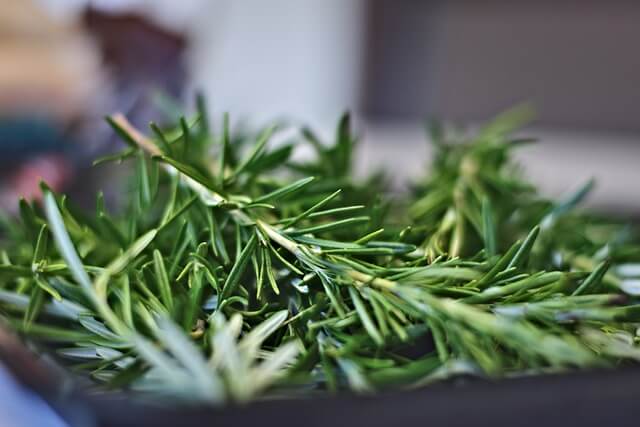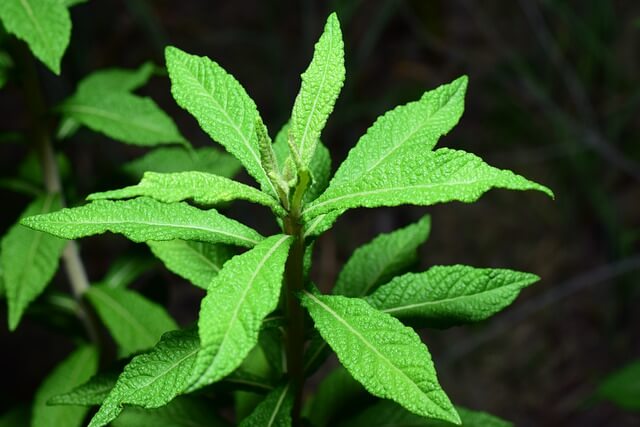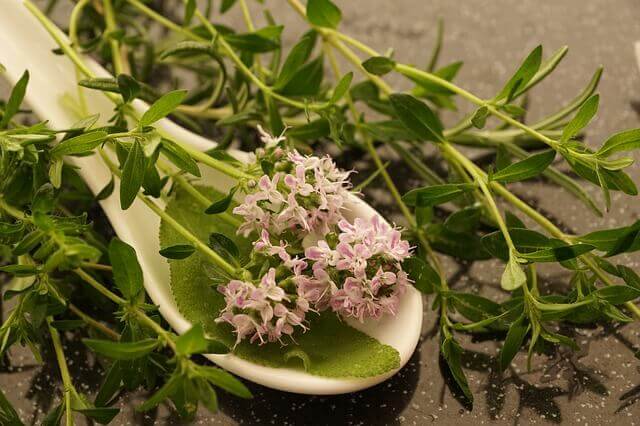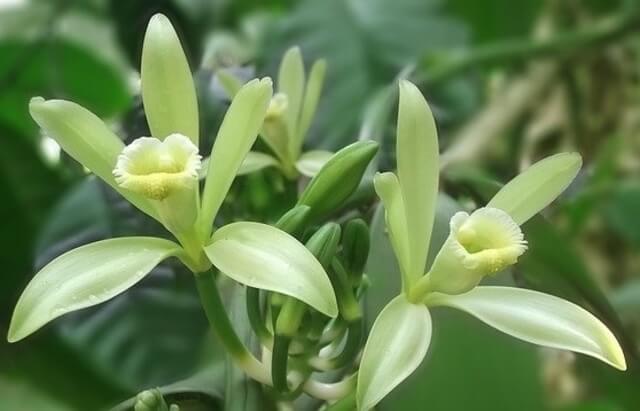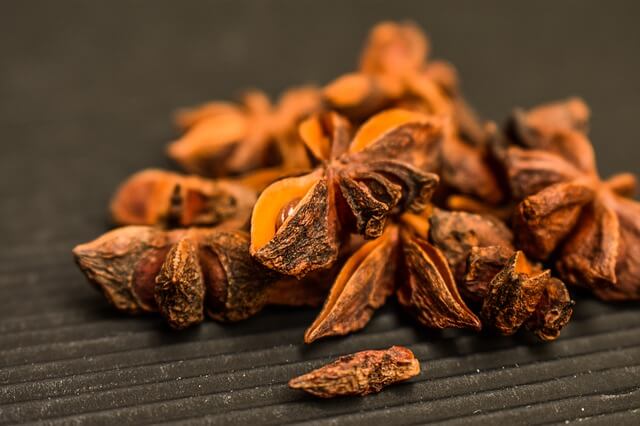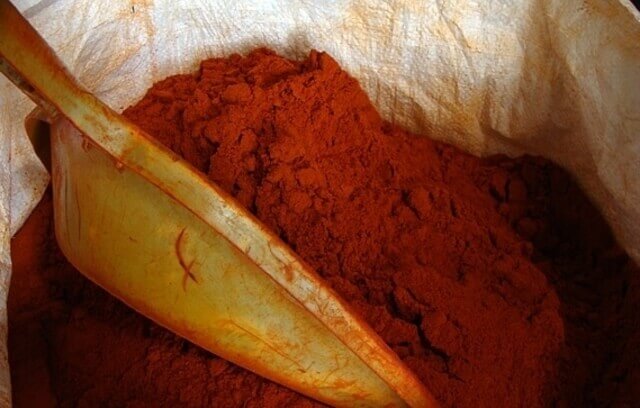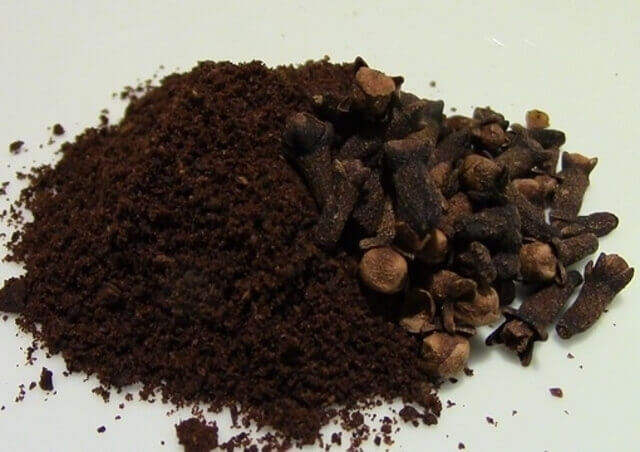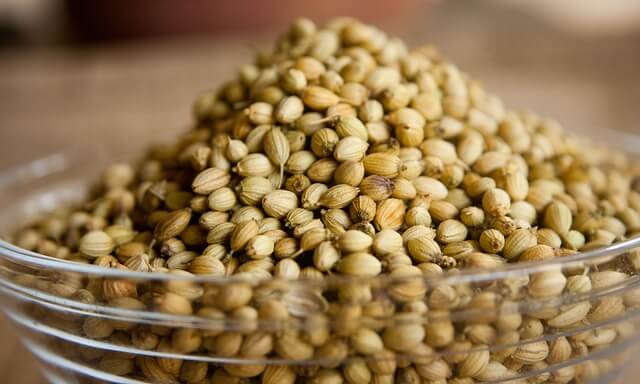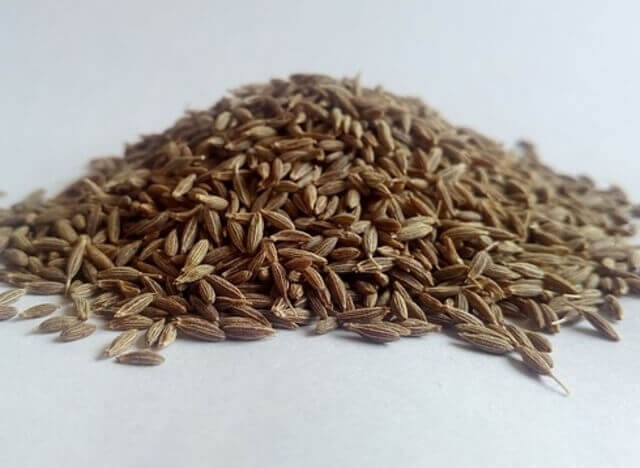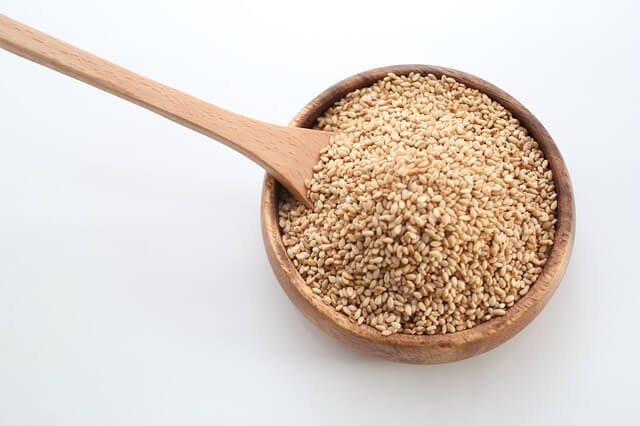Most Common Herbs And Spices Used In Mexican Cuisine
Mexican cuisine is often characterized by the use of a variety of herbs and spices. Some are common in Mexican cooking, while others may be used sparingly or only in certain dishes. Below you will find a list of some common herbs and spices found in Mexican cuisine.
Table of Contents
Common Herbs in the Mexican Cuisine
Basil
Basil is a common herb used in Mexican cuisine. Basil is usually used as an ingredient for making Mexican dishes such as soups, enchiladas, tacos, or chili con carne. It is often combined with onion, garlic, and peppers to make the perfect salsa verde or pico de gallo for your tacos. This plant can be grown from seed but it will need a lot of sun and heat.
Cilantro
Cilantro is a herb commonly used in Mexican cuisine. Cilantro, also known as coriander, is a perennial plant that can grow up to two feet tall. The leaves of the cilantro plant are long and have serrated edges which gives them a feathery appearance. They have an earthy taste with hints of citrus and lemon flavors mixed together and add flavor to salsas, guacamole, rice dishes, soups and stews.
Epazote
Epazote is a herb that has many uses in Mexican cuisine. It is most commonly used to flavor black beans, but it can also be added to rice or as an ingredient in sauces and stews. Epazote has a distinctive taste and aroma, which some describe as reminiscent of black pepper with overtones of mint. The leaves are oval-shaped with serrated edges and often have wavy margins on the upper surface.
Mexican Oregano
Mexican oregano is a common herb in Mexican cuisine. The plants that produce this particular type of oregano are very different from the Mediterranean variety, so it can be confusing to identify. If you have any doubt about whether or not your food contains Mexican oregano, look for a more pungent aroma and flavor than typical European varieties. The herb can be found in various dishes, including beans, salsa and other savory foods.
Hibiscus
Hibiscus is actually common in Mexican cuisine. In fact, it’s the flower of choice for “arroz con leche” or rice pudding. This flower can be found in everything from iced tea to tamales. If you’re lucky enough to have a hibiscus plant at home, then try these recipes: Arroz con Leche (Rice Pudding), Flan de Coco (Coconut Flan), Tamarindo. This red or purple plant has a tangy flavor and it can be used to make tea, jelly, jam, sorbet and even ice cream.
Rosemary
Rosemary is a herb that is often used in Mexican cuisine. In fact, it’s one of the most popular herbs found in this country. This can be seen in the use of Rosemary flavored oil and chips on tortilla tacos, and as an ingredient for a variety of dishes including meats, soups, enchiladas, empanadas, gorditas, quesadillas, chilaquiles rojos con huevo y verduras (red chilaquiles with eggs and vegetables), papas de elote (corn potatoes) and more.
Sage
Sage is a herb that can be found in many different cuisines. It is not used as often in Mexican cuisine, but it has been incorporated into dishes like green mole sauce, chicken tamales, chili con carne (chili made of beans) and cochinita pibil (a traditional pork dish). The leaves are either chopped or ground up to add flavor to the dish. Sage leaves can also be dried and stored for later use when fresh sage isn’t available.
Spearmint
One of the herbs that is used commonly throughout Mexican cooking is spearmint. Spearmint has a spicy, minty taste with a hint of lemon. The leaves are dark green on top and light green underneath with serrated edges. It can be found growing wild in moist soils, including along stream banks or lakesides as well as meadows near forests. Its often used in dishes such as Pozole, Sopa de Lima, Posole Verde. salsa verde and pico de gallo is common. The spearmint herb not only adds a distinctive flavor to these dishes but also provides a cooling sensation when eaten.
Thyme
Many herbs are used in Mexican cuisine, and thyme is one of them. It is mostly used to flavor salsas, but it can also be added to soups or sauces. Thyme’s flavors come from its terpenes and phenols, which contribute spicy aromas. The essential oils in thyme act as a natural preservative for food products that may spoil due to high humidity levels such as corn tortillas and vegetables like potatoes.
Vanilla
Vanilla is a common ingredient in Mexican cuisine. It’s used in traditional dishes like mole, and modern desserts like ice cream. Vanilla has been cultivated for centuries and its use in Mexican cuisine dates back to the Aztecs who extracted vanilla from an orchid species native to Mexico. Today, many popular dishes include vanilla extract, including “flan” (custard), “helado” (ice cream) and “chocolate con churros.”
Common Spices in the Mexican Cuisine
Achiote
Achiote is a spice derived from the seed of a tree called Annatto. It has been used in Mexican cuisine for centuries and it’s believed to have originated in Mexico. Achiote is made up of red seeds that are often ground into powder or paste form. It can be mixed with other spices such as cumin, paprika, salt, pepper and garlic powder to make dishes more flavorful. Achiote can be found in dishes such as pozole, mole poblano, enchiladas, sopes and tacos al pastor.
Allspice
Many people wonder if allspice is used in the Mexican cuisine. The answer to this question is yes, it can be found in many of their dishes. This includes their chile rellenos, mole sauce and tamales. It’s even mixed with sugar for desserts like apple pie or gingerbread cookies. Allspice goes well with almost any kind of meat, but one of its most popular pairings is pork.
Anise
Anise is a common ingredient in Mexican cuisine. This sweet-flavored spice, which comes from the plant Pimpinella anisum, is used to flavor many different dishes and drinks. The seeds of this plant are also called Aniseed or Anisette. It can be found in everything from soups to desserts like cakes and cookies. Many recipes call for adding one or two teaspoons of ground anise seed powder into a dish to give it that distinct taste.
Cacao
Cacao is an ingredient that many people associate with Mexico’s neighbor to the north, but in reality it has been used for centuries by Mexican cooks. One of the best-known recipes containing cacao is mole poblano, a spicy sauce made from chocolate and various other ingredients such as chilli peppers and ground almonds. This dish can be served on its own or with meat dishes like chicken or turkey, making it a versatile option for entertaining.
Cinnamon
Cinnamon can be found throughout Mexico, it was introduced to the country by the Spanish during their conquest and colonialization of the region. In Mexico, cinnamon sticks are often used to flavor dishes like mole sauce and baked apples with raisins and walnuts. The spice can also be found as part of the secret ingredient for tres leches cake- a traditional dessert popular throughout Latin America made by soaking sponge cake or other cakes in three types of milk, typically evaporated milk, condensed milk and heavy cream.
Chili Powder
Chili powder is a major ingredient in Mexican cuisine. The chili pepper, which gives the spice its flavor and name, is an indigenous plant to Mexico. When European explorers arrived in the New World they were introduced to this fiery seasoning by their new friends and incorporated it into their cooking repertoire. Today many cooks use chili powder as a staple in recipes such as chilaquiles or salsa because of its bold, spicy taste that brings heat without being overwhelming.
Clove
Clove is a spice that has been used in Mexican cuisine for centuries. It was originally imported from India and later traded with the Americas, making it an important ingredient in mole poblano. Some Mexicans use clove to make chile rellenos. The plant grows best at temperatures of 25 degrees Celsius (77 Fahrenheit) or higher and thrives well in tropical climates such as those found on the coast of Mexico’s Yucatan Peninsula.
Coriander
Coriander is a plant that has been used in many cultures for centuries. It is most commonly found in Mexican cuisine, and can be identified by its light green leaves and seeds with white ridges. In Mexican cuisine, coriander seeds are often ground to make spice mixes like chile powder or chili powder blends. It is also one of the key ingredients in adobo seasoning which includes garlic, salt, oregano, thyme and black pepper among other spices. There are many dishes that use coriander such as: chili, chicken soup, and tacos.
Cumin
Cumin is a spice that has been used in Mexican cuisine for centuries. Cumin is made from the seeds of cumin plants, which are often dried and ground to make a powder. Cumin has a strong and spicy flavor that compliments meat dishes like tacos and carnitas as well as vegetables such as squash or corn. The spice is also often found in black beans, rice, mole sauce, soups and sauces. A few examples of recipes that include cumin are chiles rellenos, tacos al pastor, barbacoa beef soup, chicken mole poblano and shrimp ceviche among others.
Nutmeg
The spice nutmeg is the main ingredient in many Mexican dishes. It has a warm taste that’s similar to cinnamon and cloves. Nutmeg is often used in Latin American dishes for its rich flavor and distinctive aroma. In Mexico, nutmeg is an essential ingredient of various dishes such as “Mole Poblano” or “Mole Verde.” It’s also used to season soups like Sopa de Fideo (n oodle soup) and “Frijoles a la Charra” (bean soup). Nutmeg can be found in Mexico both as fresh nutmeg seeds and ground, it is also used for medicinal purposes.
Sesame
This is one of the most popular ingredients in Mexican cooking and has been used for centuries. However, not many know that sesame seeds are actually used in traditional Mexican dishes as well such as Tostadas . The taste of sesame may be familiar to those who have had a bowl of Sopa de Albondigas or Pescado Veracruzano; both recipes use ground sesame seeds as an ingredient. They can also be found as a topping on top of corn tamales called “tamales de elote”.

